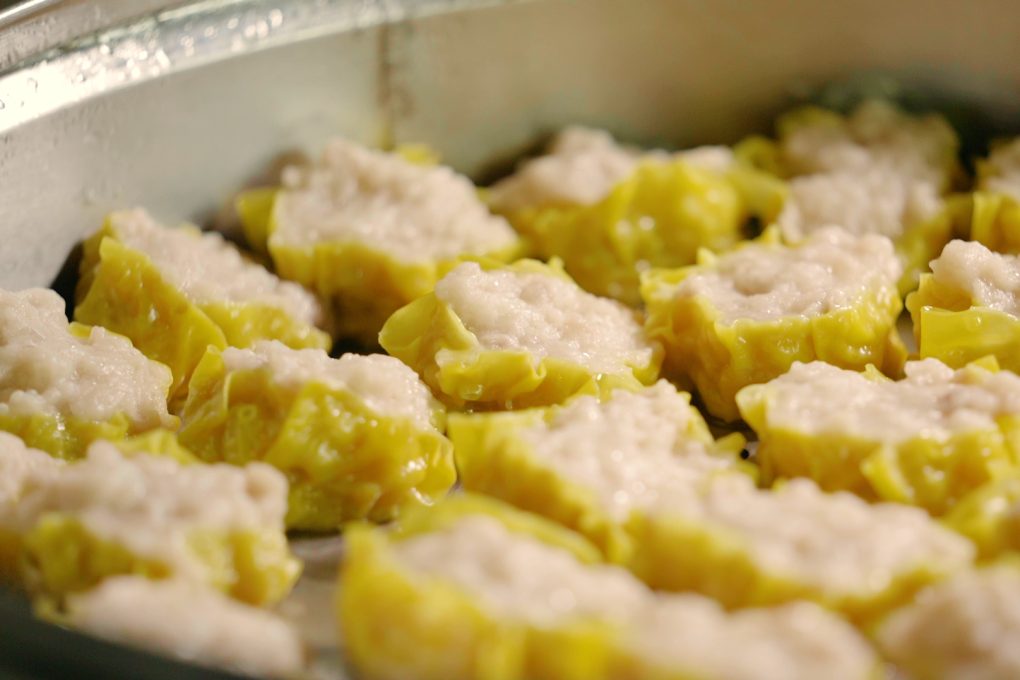The origins of siu mai: how an iconic dim sum staple came to be
- Siu mai is a popular street snack in Hong Kong, but its origins can be traced further north to Inner Mongolia
- Different varieties exist in Japan, Indonesia, the Philippines and Vietnam, as well as many other parts of China

Hong Kong’s street food scene comes alive after dark. As the sun sets, workers stream out of offices and flock to the city’s holes-in-the-wall for a quick bite.
In Tuen Mun, a suburban neighbourhood in the northwestern reaches of Hong Kong, a line forms outside Yue Lai Lao Zhu Snacks, a nondescript storefront on a busy street.
Most of the people are commuters stopping by on their way home from work. They’ve come to grab a box of the store’s speciality: siu mai, a steamed dumpling made with pork, shrimp, mushrooms and, sometimes, fish paste.
Among siu mai fanatics, Yue Lai Lao Zhu is the gold standard in Hong Kong. The proprietor, Patrick Chu, opened the shop in 2001, making siu mai based on his father’s recipe.
The dish is a street food staple, easily identified by its yellow outer skin and tiny orange garnish, usually made with crab roe or carrots. It’s typically enjoyed dipped in chilli oil and soy sauce.
In Hong Kong, siu mai can be found everywhere, from street stalls to high-end dim sum restaurants. For people on the go, it’s a convenient snack, which is why it can even be found at 7-Eleven convenience stores.
“Siu mai is part of Hong Kong people’s lives,” Chu says.
